THERMOELECTRIC ATMOSPHERIC
WATER HARVESTER
(Capstone Project)
The following engineering capstone project was completed under the guidance and supervision of professor
Shohel Mahmud Ph.D., P.Eng. and with the assistance of my groupmates Oluwadunsin Agbetuyi, Ryan Krahn , and Kineshan Sivanesarajah.
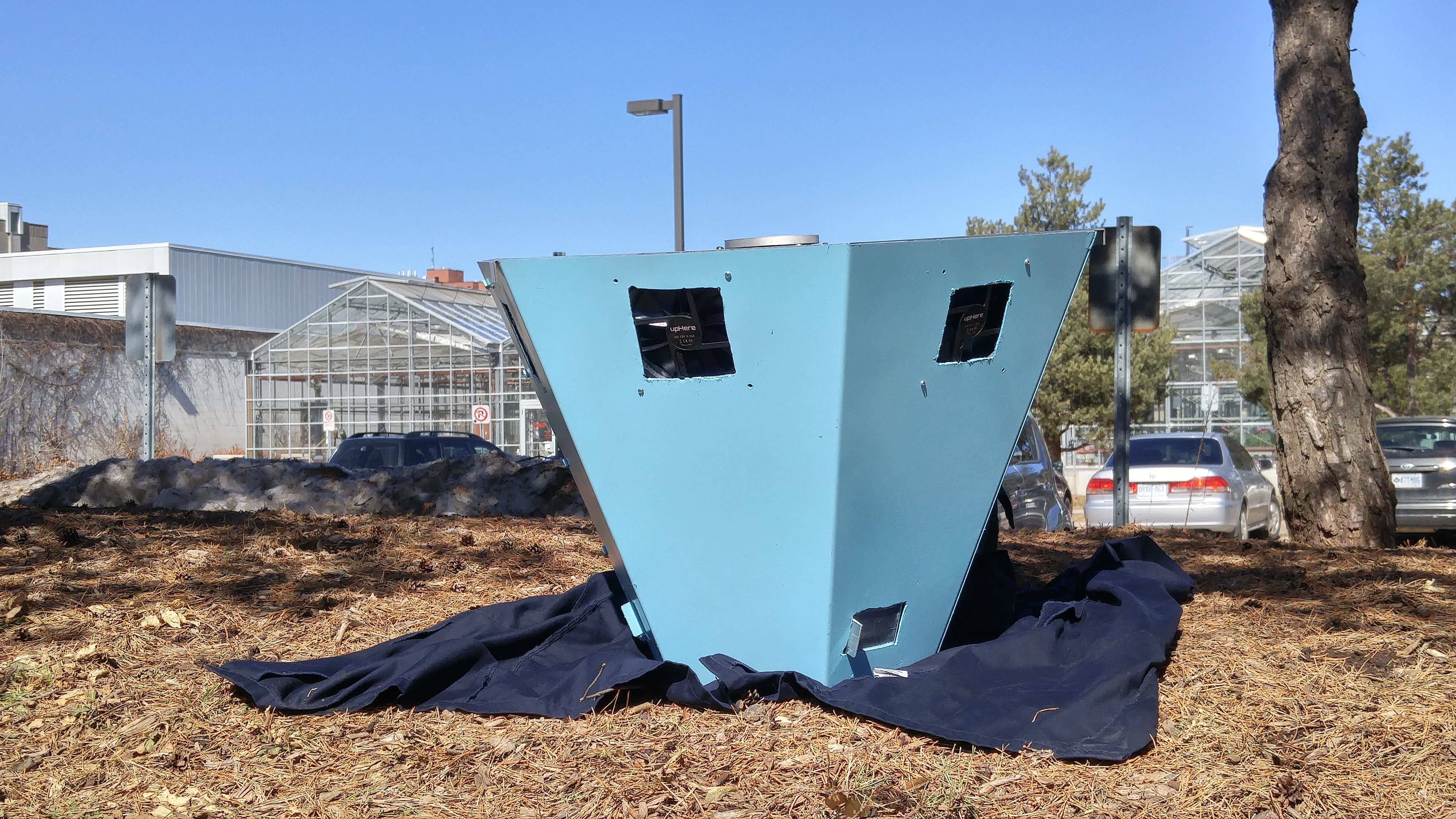
Ever since the 20th century, the quality of water around the world has been decreasing due to the industrial revolution and climate change. The need for new ways of extracting safe drinkable water is at an all-time high. In this project, the concept of condensing humid air will be utilized to create a solution that harvests water from the air in humid regions in less developed countries. The following solution is directed to the city Douala, in Cameroon. Douala was selected because it is located in a very humid region in Africa with an average relative humidity of 80% throughout the year. Which is a suitable environment for our device
The theory behind the solution is to create a means of harvesting dew from the atmosphere and store it in a sanitized container. The proposed solution will mimic the environment’s cooling effect by matching its system temperature to the dew point temperature for a given relative humidity, causing condensation of water vapor within the system.
Design Objectives
1. Harvest moisture from the atmosphere and provide enough potable drinking water for an individual to meet their daily requirement (2.5L) within a 24-hour period.
2. Provide an overall affordable solution for developing countries with an operation cost less $0.56 CAD per litre of water and a yearly maintenance cost od less than $400 CAD.
3. The system must function all year round provided there is a minimum of 65% relative humidity.
Cooling mechanism
Thermoelectric coolers are used in the device to create a cold chamber using the Peltier effect. The Peltier effect creates a temperature difference by transferring heat between two electrical junction as current flows through the semiconductors. Essentially, heat is removed from the inner chamber, to decrease its temperature, and is rejected towards the heat sink fins. Fins are crucial as they are used to increase the surface area of the hot side to dissipate heat more effective. IF heat is not dissipated effectivly, the thermoelectric coolers will overheat and lose efficiency or get damaged.
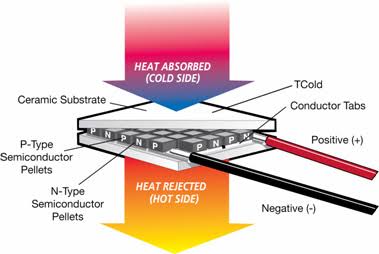
The Design
The design features an enclosure which utilizes a closed system comprised of Peltier tiles and forced internal convection induced by various fans. In this design air will be pulled from above by an intake fan into a tapered chamber which will be lined with Peltier tiles to provide cooling for the air. The air will circulate through this channel until the desired moisture is removed and will then be directed to the exhaust channels. thermo couples and humidity sensors are used to monitor the air condition win the chamber. The exhaust channel will feature the repurposed cooled air from the taperedcooling channel mixed with makeup air to provide additional coolingfor the hot side of the Peltier tiles. The air in this channel will be ejected horizontally with enough throw by the exhaust fans to avoid short cycling. The hot side of the tiles will also have fins attached to increase the surface area and thus the rate of heat transfer between the tiles and the exhaust air.
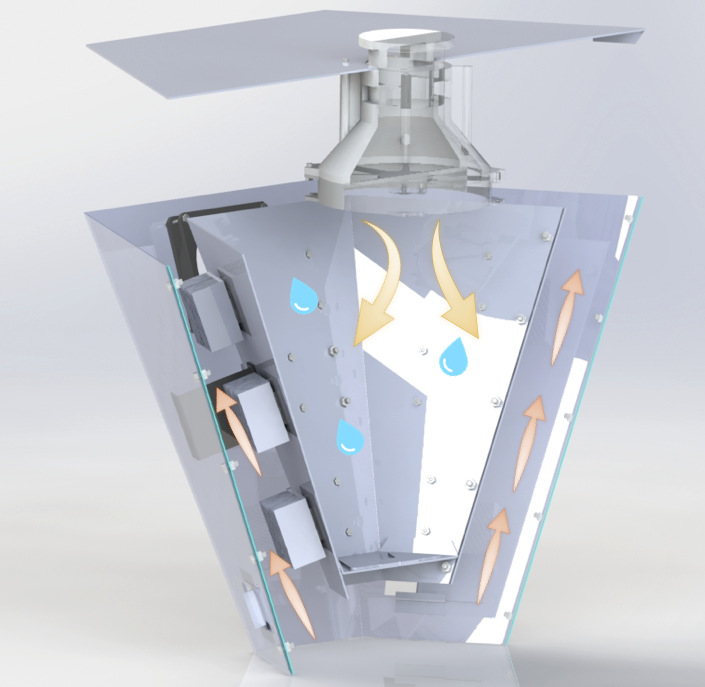
Building and assembly gallery

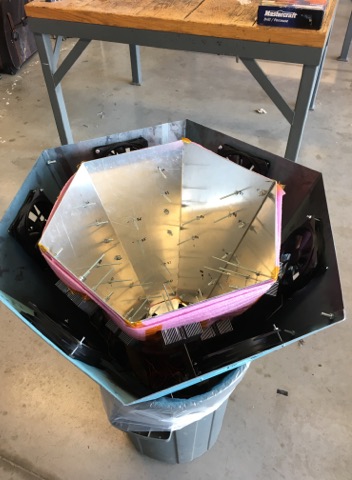
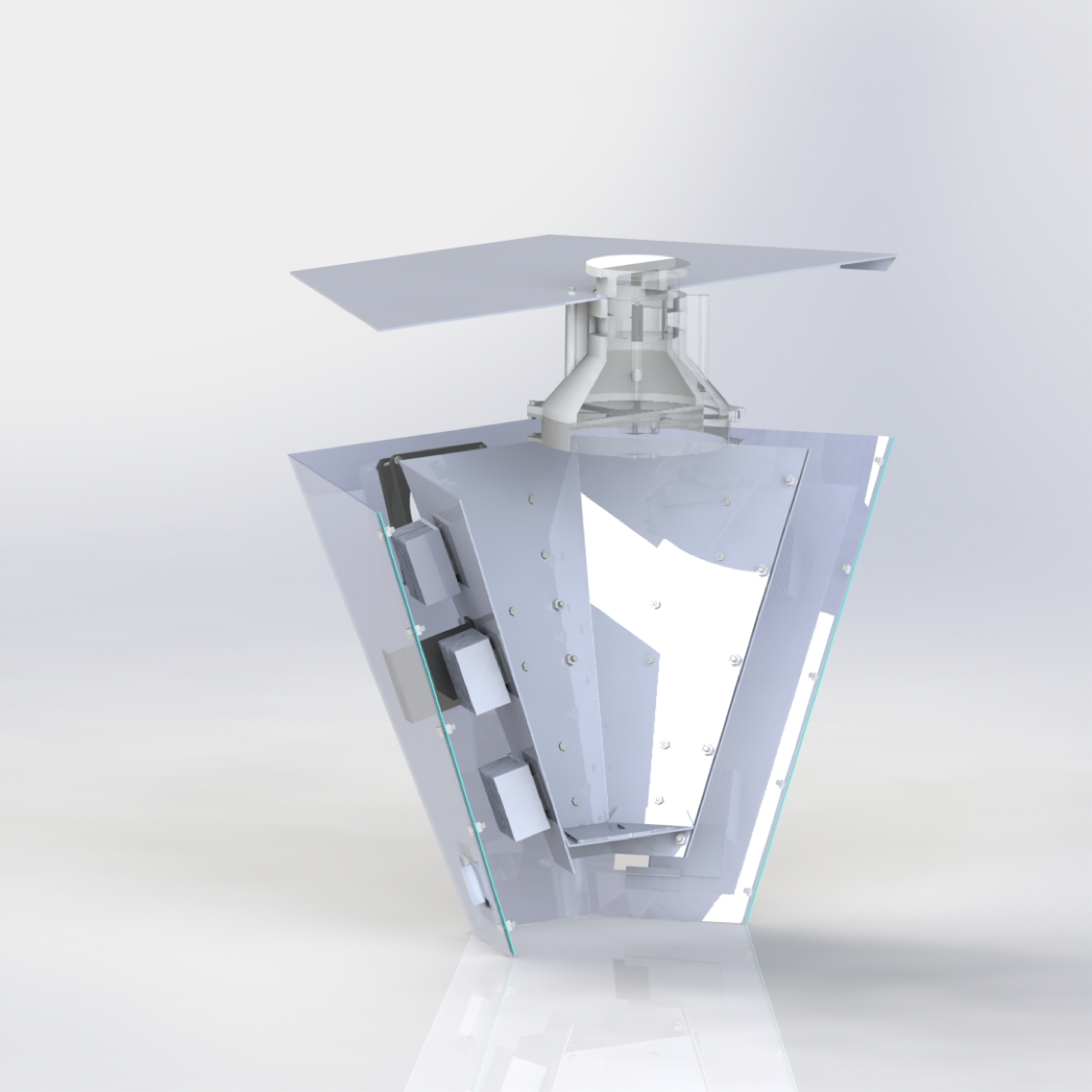
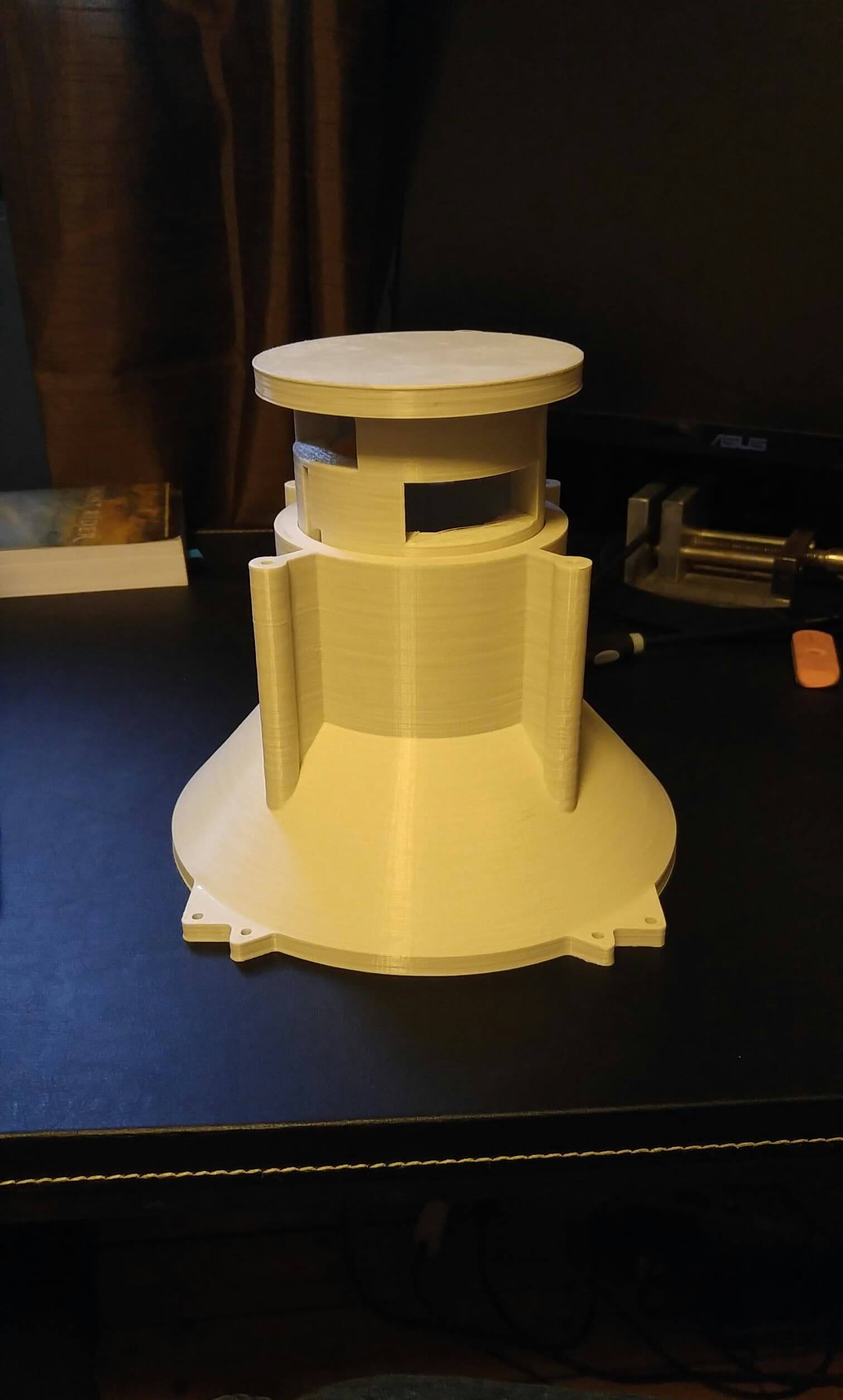
Test Methodology
Upon completion of the prototype the validity of the design needed to be tested. The make dew prototype was tested by subjecting to various simulated ambient conditions and observing its performance. The two main tests conducted were at temperature of approximately 24°C and relative humidity of 65% and approximate temperature of 24°C at 90% relative humidity were chosen to confirm the functionality of the design. Test pictures and results can be seen below.
The yield in both cases were determined by measuring the thickness of the condensation that formed on the inner chamber and multiplying that by both the total surface area of the internal chamber and the percentage of area assumed to have condensation. The internal temperatures in both tests were below that of their respected dew points indicating the system was working as designed. However, there was a significantly lower condensation yield than that of the theoretical amount calculated. This was partially expected as the system is believed to have many losses due to its fabrication which would allow for the leakage of air. In addition, the calculations determined the theoretical maximum amount of water that could be harvested which in reality would not be possible to obtain due to these same losses. Our highest test produced 0.425L/𝑚2h which is 3.4L/𝑚2 in an 8-hour period and this is able to satisfy the minimum daily requirement of 2.5L.
Project Report
Please refer to the project report for more details
DOWNLOAD PROJECT REPORT